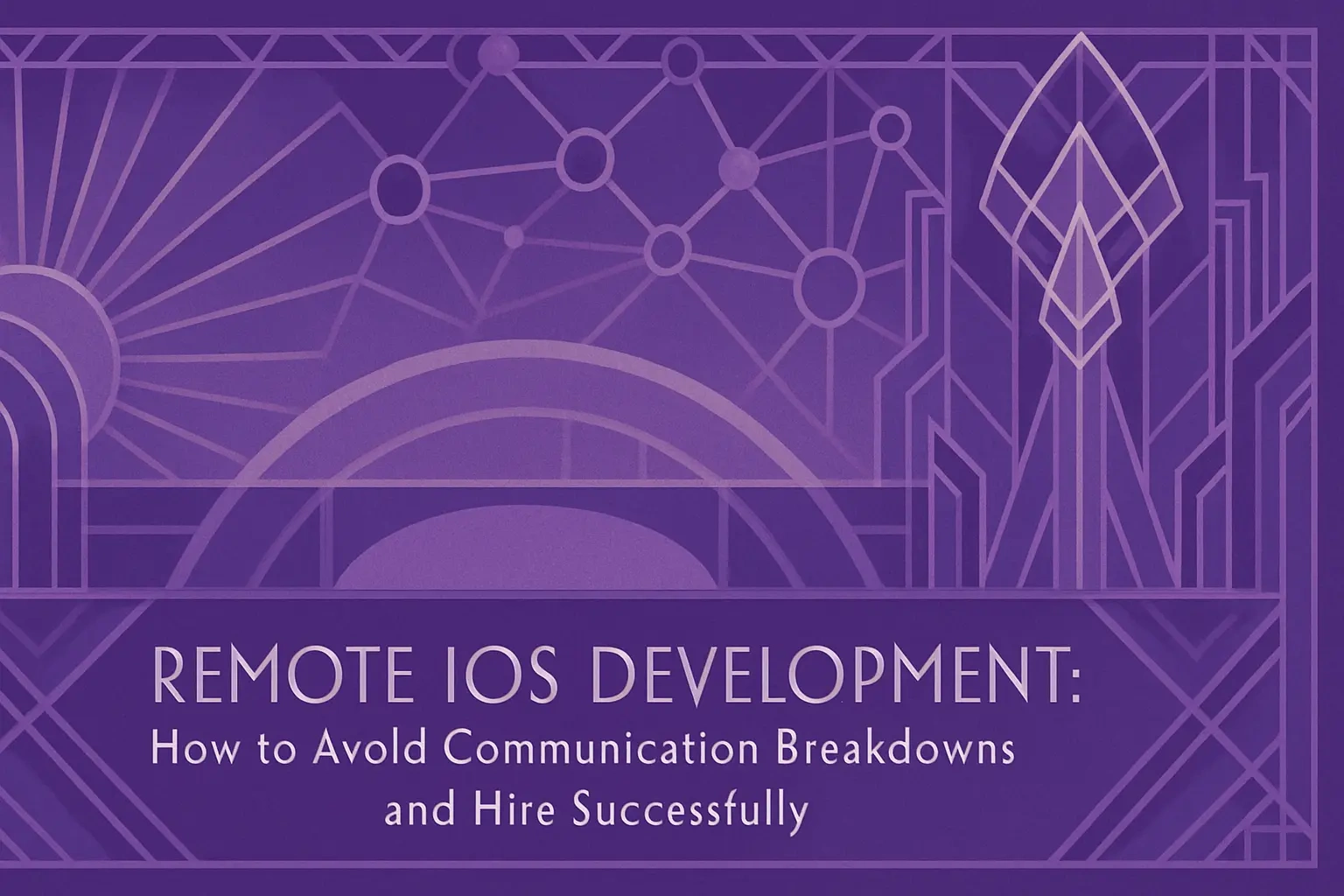Remote iOS Development: How to Avoid Communication Breakdowns and Hire Successfully

Remote iOS Development: How to Avoid Communication Breakdowns and Hire Successfully
The Rise of Remote Work in App Development
Accessing a Global Pool of iOS Talent
Increased Productivity and Flexibility
Common Communication Pitfalls in Remote Teams
Navigating Time Zone Differences
Overcoming Language and Cultural Barriers
Avoiding Communication Tool Overload
Strategies for Fostering Effective Remote Communication
Vetting for Communication Skills
Establishing Clear Protocols and Documentation
Leveraging the Right Collaboration Tools
Building a Culture of Trust and Accountability
Conclusion
References
Remote iOS Development: How to Avoid Communication Breakdowns and Hire Successfully
The Rise of Remote Work in App Development
Accessing a Global Pool of iOS Talent
Increased Productivity and Flexibility
Common Communication Pitfalls in Remote Teams
Navigating Time Zone Differences
Overcoming Language and Cultural Barriers
Avoiding Communication Tool Overload
Strategies for Fostering Effective Remote Communication
Vetting for Communication Skills
Establishing Clear Protocols and Documentation
Leveraging the Right Collaboration Tools
Building a Culture of Trust and Accountability
Conclusion
References
Posted Jul 6, 2025
Hiring a remote iOS developer? Don't let distance derail your project. Learn to identify and avoid common communication pitfalls for a seamless and productive partnership.











